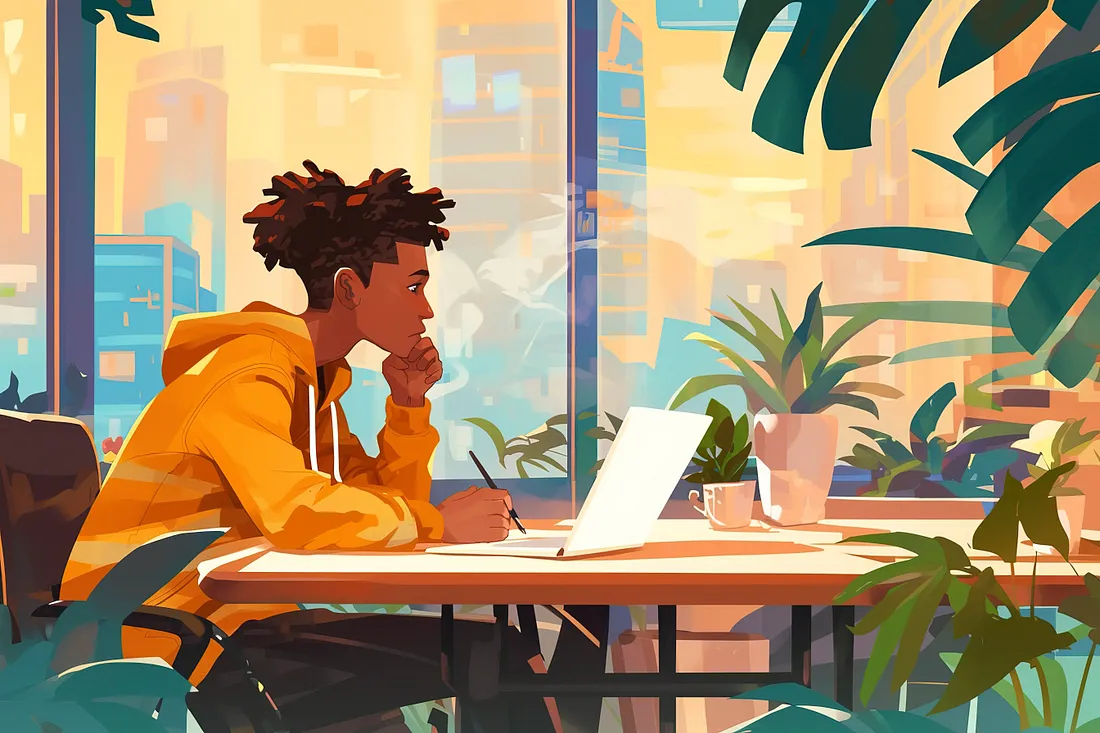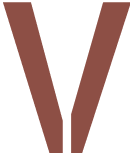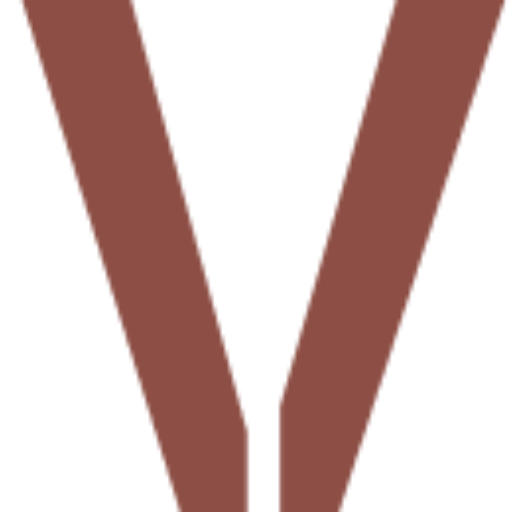Ready to have your minds blown? Because let’s be real: the UX game has leveled up faster than you can say “user journey.” What was once a straightforward path of designing sleek interfaces and smooth user flows has now evolved into something a bit more… complex. Buckle up as we dive into the wild world of UX design where you might just find yourself wearing a product manager’s hat.

The UX-Product Manager Crossover: More Common Than Your Morning Coffee
Once upon a time, UX design was all about making things look pretty and function smoothly. Fast forward to 2024, and the line between UX design and product management is blurrier than a photo taken on a shaky hand. Let’s face it, UX isn’t just about wireframes and personas anymore. It’s about getting your hands dirty with product strategy, business goals, and even a sprinkle of marketing magic.
Take a look at Julie Zhuo, former VP of Product Design at Facebook. She’s a perfect example of this crossover. Julie didn’t just focus on designing interfaces; she was knee-deep in product strategy, user research, and figuring out what would make Facebook users stay glued to their feeds. Her approach wasn’t just design-centric; it was a holistic product vision.
The New Age UX Designer: Part Designer, Part Product Guru
Let’s not kid ourselves; being a UX designer today isn’t just about making things look good. It’s about understanding the product’s heart and soul. Think of it as being a designer with a side of product manager.
Sarah Doody, a UX researcher, once said, “Good design is about understanding the problem, not just solving it.” And she’s right. To truly make a difference, you need to dig into the product’s purpose and impact. This means getting cozy with analytics, market research, and yes, even some hardcore business strategy.
Real-World Example: Consider Airbnb. When they redesigned their search and booking experience, it wasn’t just about a fresh look. They delved into user feedback, market trends, and even integrated features that improved the booking process. The result? A seamless experience that drove both user satisfaction and business growth.

The Evolution: From UI to UX to Product Design
Remember when UI designers used to get all the glory? Those days are gone. Today’s UI designers are morphing into UX designers and product strategists. They’re not just making pretty pixels; they’re shaping the entire user experience.
Christina Wodtke, author of “Radical Focus,” put it perfectly: “Design is not about making things look good; it’s about making things work well.” Her words ring true as designers today are expected to dive into the nitty-gritty of how products function and how they can be improved.
Example in Action: Look at Slack. Their interface is sleek and user-friendly, but that’s just the surface. Behind the scenes, their design team is deeply involved in product management — understanding user needs, iterating on features, and aligning with overall business goals.

The New Skill Set: Why Learning Product Management Is a Must
If you want to stay ahead in the UX world, you’ve got to expand your skill set. It’s no longer enough to be a design guru; you’ve got to be a product whiz too. This means understanding business metrics, user behavior, and market trends.
Pro Tip: Learn to speak the language of business. Knowing how to translate user needs into business value will make you a rockstar in any UX or product role. And hey, it doesn’t hurt to get familiar with tools like A/B testing and user analytics.
Real-Life Example: Nir Eyal, author of “Hooked,” suggests understanding the ‘hook’ of a product. It’s not just about designing engaging features but also about ensuring those features drive user engagement and meet business goals.

The Big Question: Are We All Product Managers Now?
So, are we all just product managers now? Not entirely, but the lines are definitely blurring. UX designers are increasingly stepping into roles that involve more than just design — they’re becoming integral parts of the product development process. It’s a shift from focusing solely on user experience to embracing a broader view of how design impacts the entire product lifecycle.
Conclusion: Embrace the Change and Level Up
Here’s the deal: if you want to thrive in today’s UX landscape, you’ve got to embrace the change. The role of a UX designer is evolving, and that means stepping up your game. Learn about product management, get comfortable with data, and always keep the user at the heart of everything you do.
So, the next time someone asks if UX designers are becoming product managers, just smile and say, “Well, we’re definitely becoming better at it!”
Stay curious, stay innovative, and keep rocking the UX world! 🌟




0 Comments